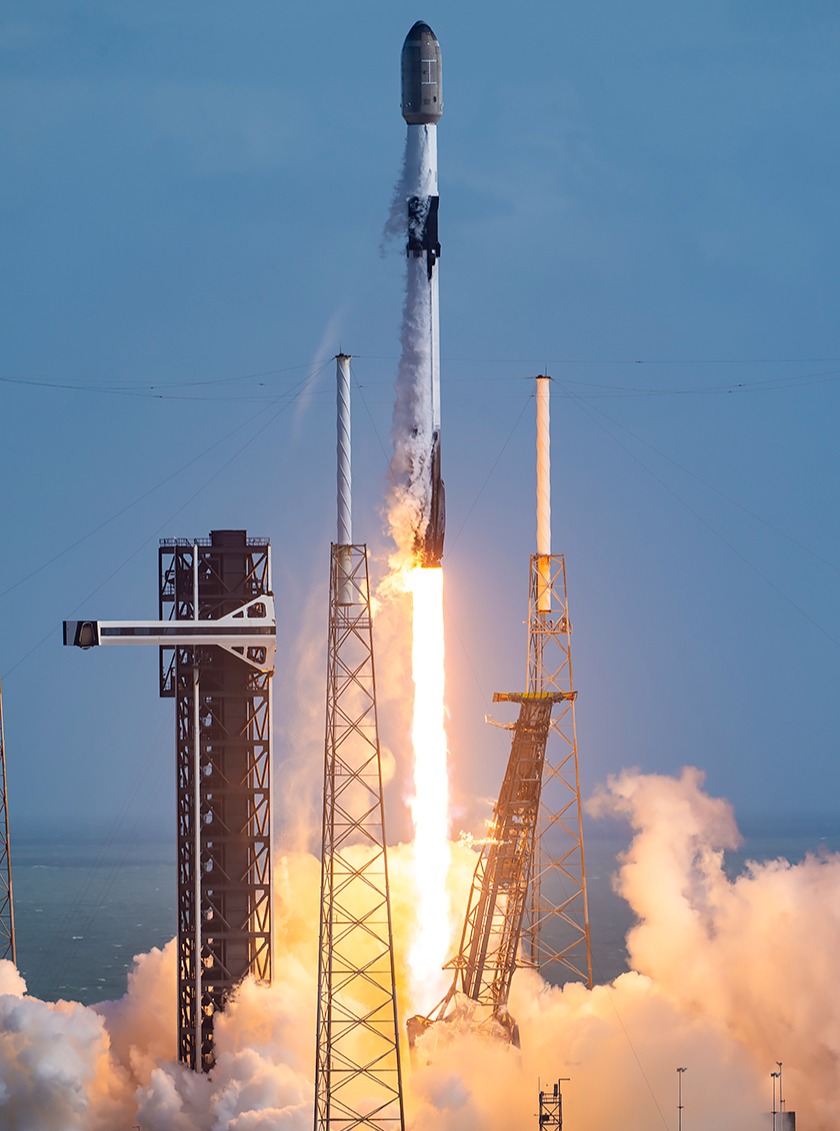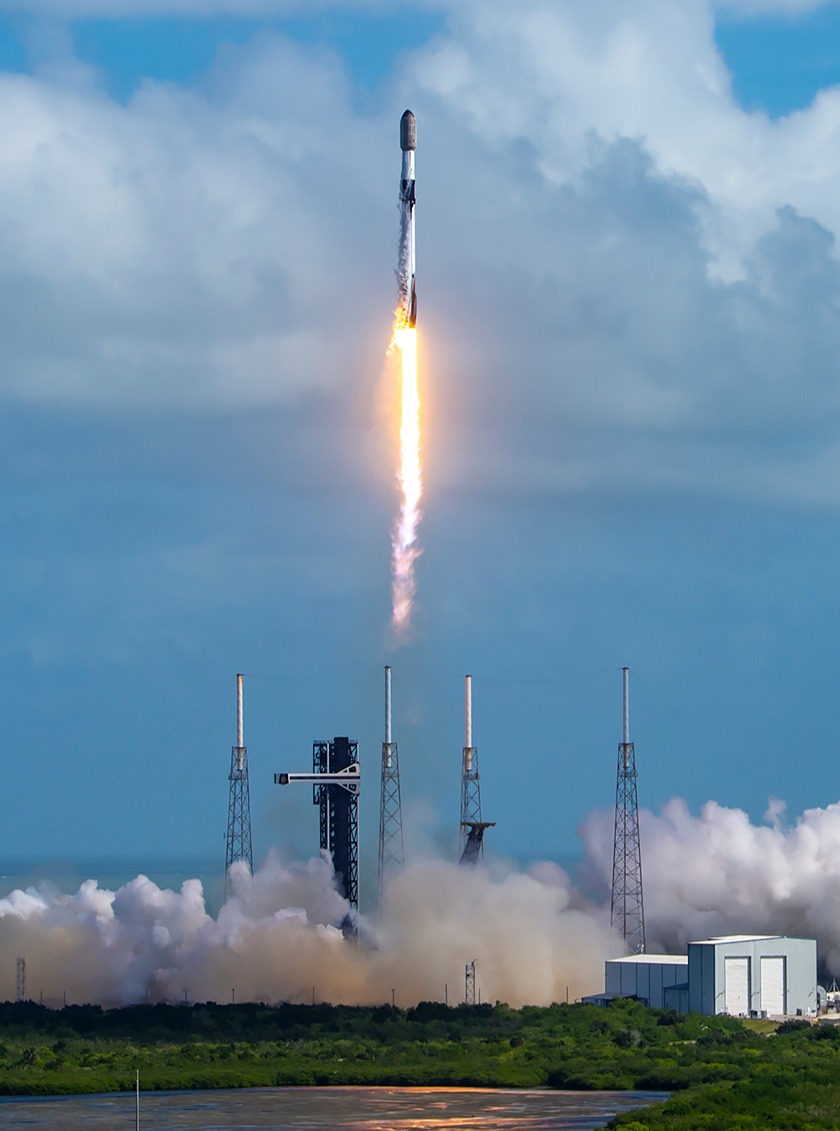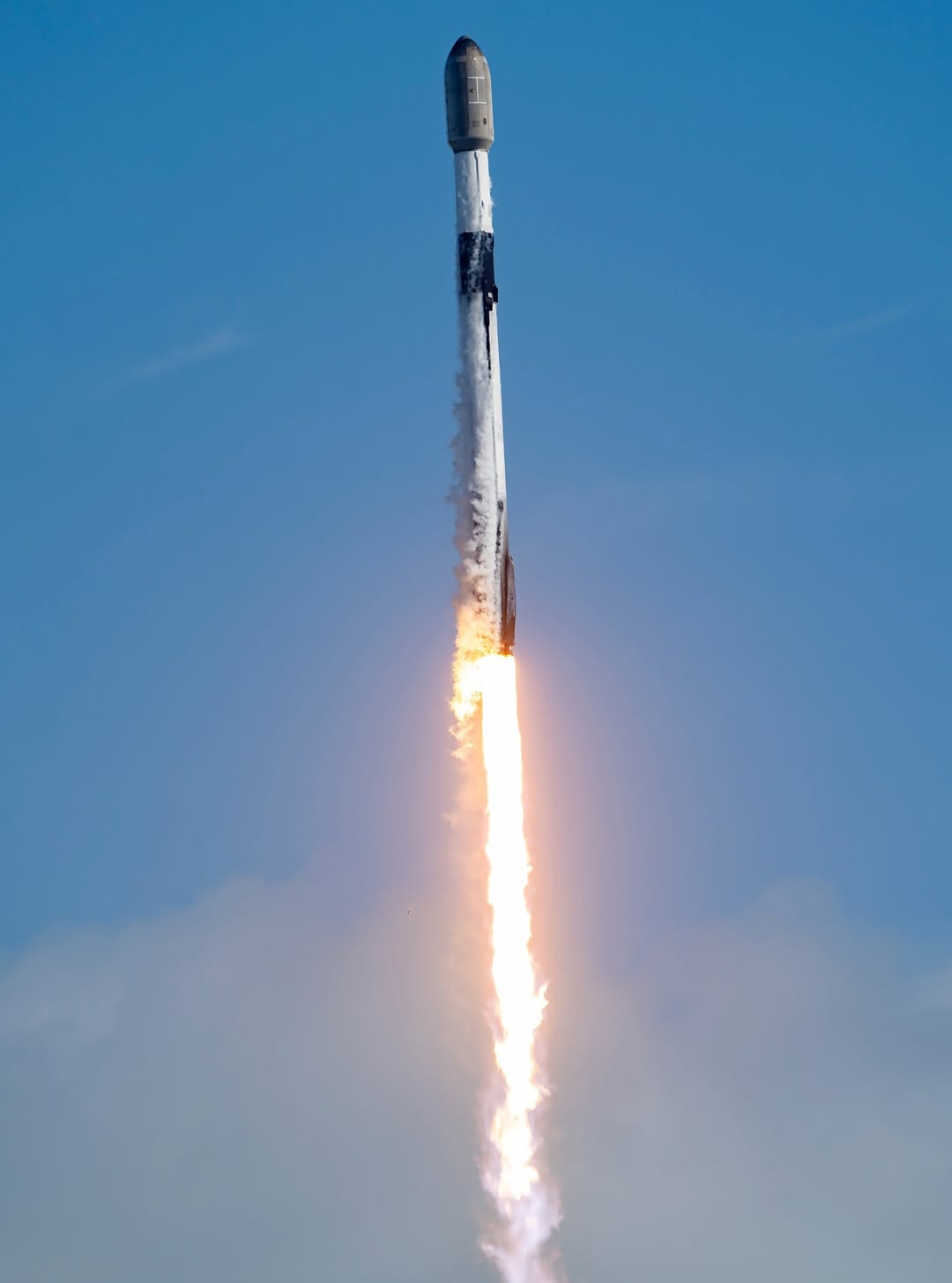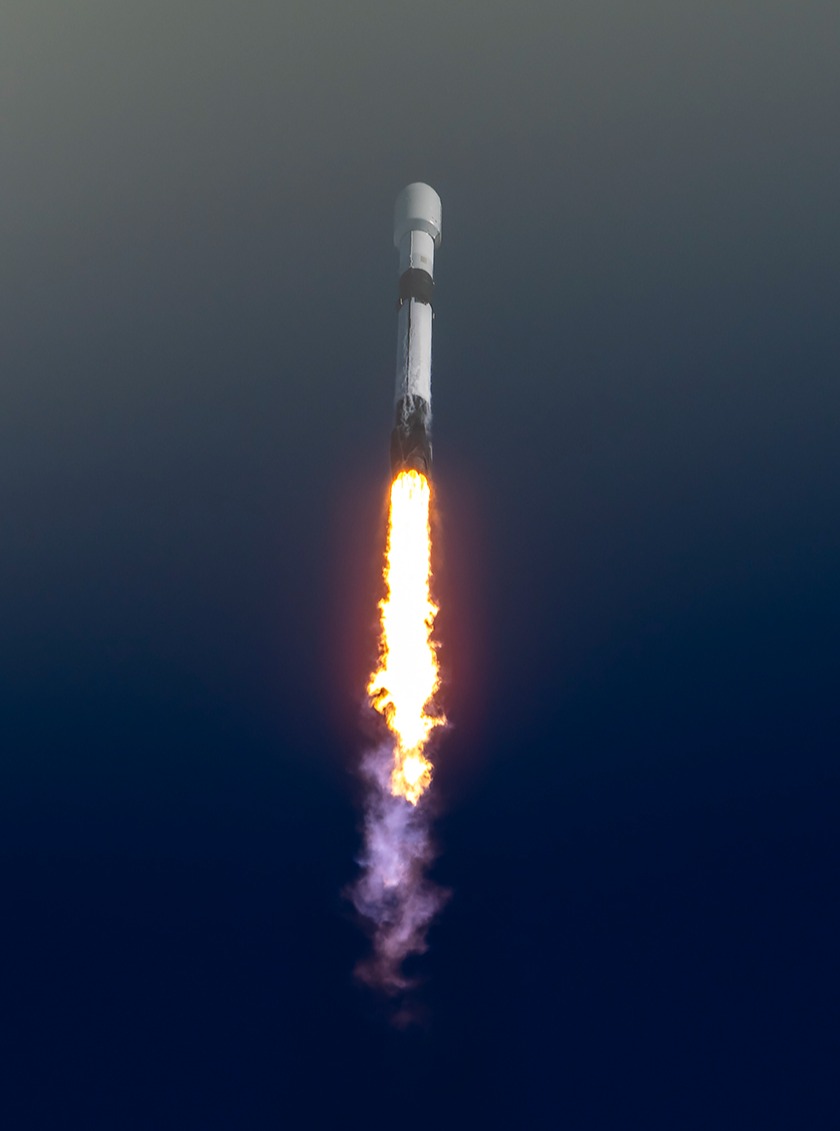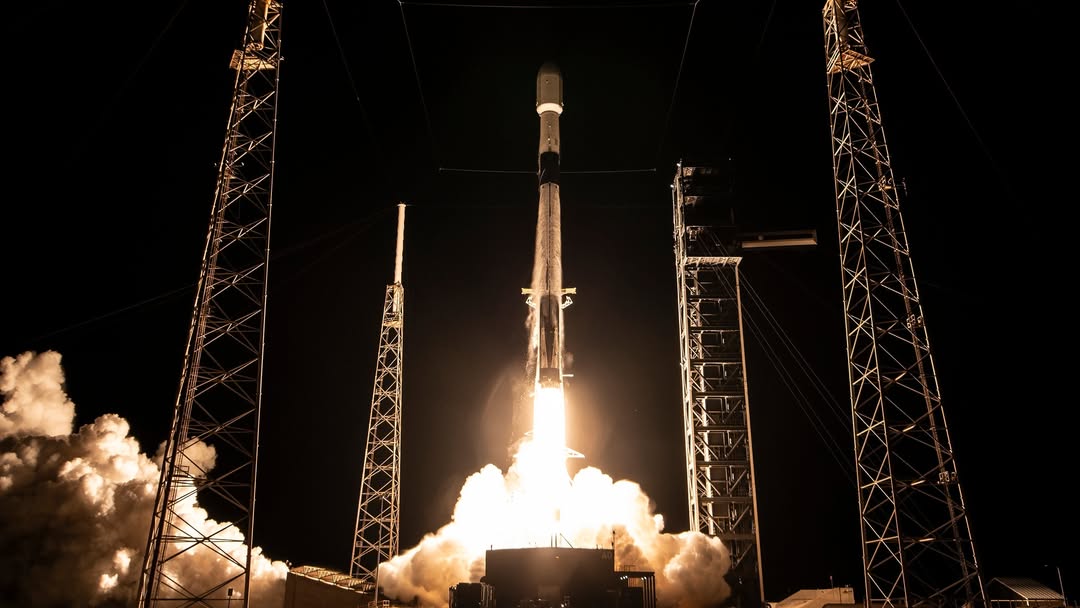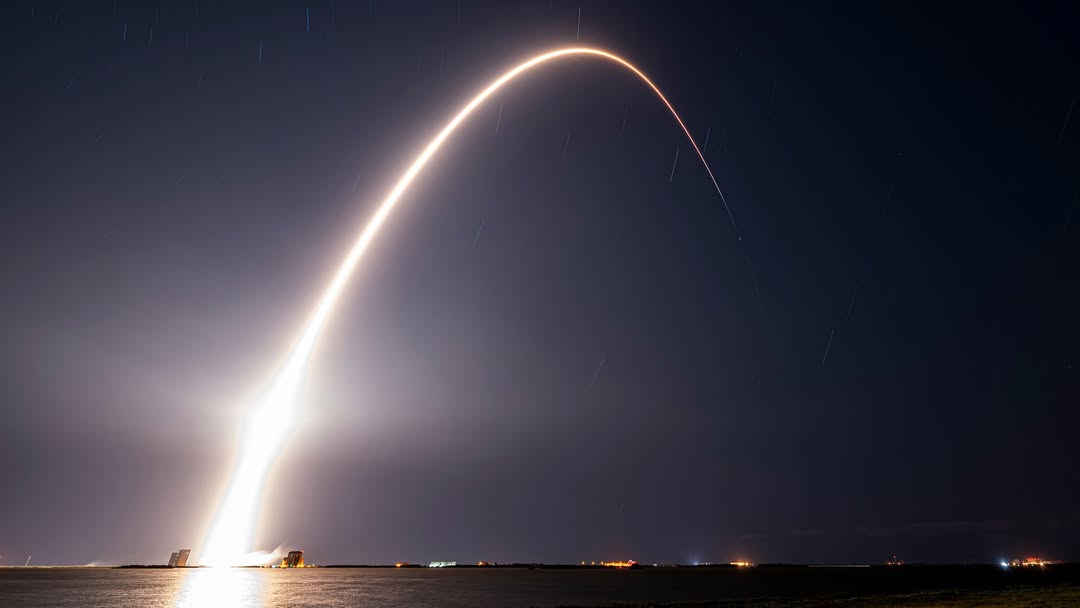SpaceX’s Starship recently lifted off from Starbase in Boca Chica, Texas, for its sixth flight test on 19 November 2024. Social media feuds notwithstanding, Elon Musk has found himself in another public spat—this time with Sean Duffy, NASA’s acting administrator and the U.S. Secretary of Transportation. Duffy criticised SpaceX for delays in developing the lunar Starship lander, warning that the U.S. could fall behind China in the race to put astronauts on the moon before 2030. Musk responded online with a series of sharp posts, calling Duffy’s comments and qualifications into question, though experts suggest Duffy’s concerns are valid.
++ Indian man fakes death to see who’d show up at his funeral
The fundamental challenge lies in Starship’s design. Unlike the Apollo lunar module, which was small, light, and highly stable, Starship is a colossal 165-foot cylinder intended for multiple purposes, from lunar missions to transporting crews to Mars. Its enormous weight and size, along with reliance on supercold liquid methane and oxygen, create a complex refuelling problem in Earth orbit. NASA and former officials have highlighted that multiple refuelling trips—more than Musk’s estimated eight to ten—may be required, and the technology to do this reliably does not yet exist.
Alternative lunar landers are also in development. Blue Origin’s Blue Moon is smaller and simpler, designed to carry four astronauts with a zero-boiloff fuel system in lunar orbit. Meanwhile, Lockheed Martin is exploring a multi-part approach similar to Apollo, using existing Orion hardware and hypergolic fuels to reduce complexity and fuel losses. This method would allow a separate descent and ascent stage, cutting down the overall mass that needs to be lifted off the moon. NASA is reviewing all these approaches, requesting plans from SpaceX, Blue Origin, and other commercial partners to accelerate the Human Landing System programme.
++ Scotland urges UK Government to cover £24.5 million cost of Trump and Vance visits
The stakes mirror the space race of the 1960s, with China now posing a significant challenge. While the U.S. remains ahead in some areas, the competition for lunar supremacy is far from decided. NASA’s push to encourage multiple companies and solutions aims to prevent reliance on a single lander, ensuring that America can maintain a leading position in human spaceflight and successfully land astronauts on the moon once again.
